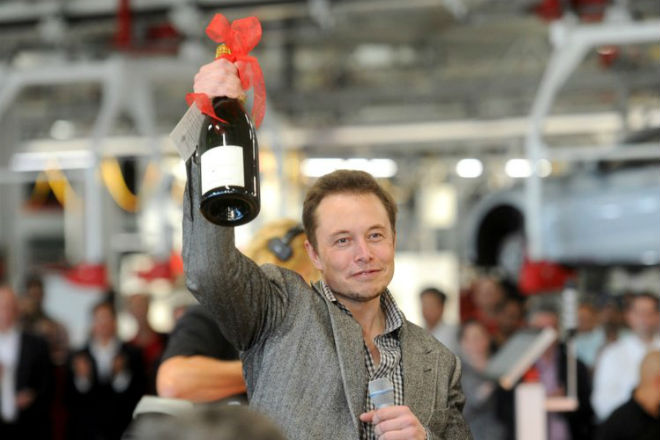
SpaceX and NASA writing history
Share
SpaceX and NASA’s Crew Dragon launch marks a new era for space travel.
July 20, 1968, marked a historic day when Apollo 11 landed on the moon. The mission, commanded by Neil Armstrong, captured international audiences and has been an inspiration to generations. Now, here comes a new era for space travel. This piece is the story of SpaceX and NASA’s Crew Dragon launch and what it took to get there and why it is a significant development. Much like Armstrong’s post-flight quote, this launch very much feels like “a beginning to a new age.”
Elon Musk launched his aerospace company SpaceX in 2002 with the intent of sending humans into space. In under 20 years, the company has done exactly that. It was also the final major test for SpaceX as part of NASA’s Commercial Crew Program. But it took years of trials to get the Falcon 9 rocket and Crew Dragon spacecraft to successfully launch from NASA’s Kennedy Space Centre on May 30, 2020.

Doug and Bob ready for launch. Photo by SpaceX.
Development and trials
The first Falcon 1 launch failed in 2006 due to a fuel line leak; it wasn’t until 2008 when it managed to orbit the Earth. In 2010, SpaceX launched its first operational version of the Dragon capsule on a Falcon 9 rocket, and by 2012, a Dragon capsule successfully docked at the International Space Station (I.S.S.). In between this time, in 2011, NASA would have its final launch of a space shuttle reliant on the Russian Soyuz spacecraft to carry their astronauts from the I.S.S. and back. From 2012 to 2020, Dragon 1 had launched 20 times on missions to deliver food and cargo to the I.S.S. The Crew Dragon was unveiled in 2014, as a seven-seat crew version to the Dragon 1. Its capsule design bears a closer resemblance to the Apollo command modules than the winged space shuttle image that most would associate with space travel today. On May 31, Crew Dragon docked at the I.S.S. carrying two of NASA’s astronauts.

Crew Dragon ready for launch. Photo by SpaceX.
Crew Dragon versus Space Shuttle
Both capsules are powered by rocket boosters that propel the craft upward and will leave the ship once it’s in orbit. However, the landing style will differ between the two. The space shuttle would land like an airplane, whereas the Crew Dragon opted for parachutes to land in the ocean like the Apollo. The control system of the Crew Dragon offers many automated features, and unlike the thousands of buttons, switches, and screens plastered on every square inch of a space shuttle’s cockpit, the Crew Dragon has employed modern technology with a touchscreen-based interface. The Crew Dragon has been designed with more safety options, and combined with the Falcon 9 rockets, the journey to space would be a smoother ride when compared with the space shuttle.
The last key difference is that this was a joint project between NASA and SpaceX. SpaceX is a private company that can provide launch services much cheaper than if NASA was developing the plan themselves. This launch mission will be used to determine if the Crew Dragon is ready to perform regular trips to shuttle astronauts to and from the ISS This is the turning point at which private companies can open a brand new market for space travel.

The Space Shuttle. Photo by NASA.

4 comments
History in the making again..congrats spacex and Nasa…
you have the wrong date – it should be July 20, 1969 – not 1968.
ROeTahJlo
Great article and fantastic content all around! Love it